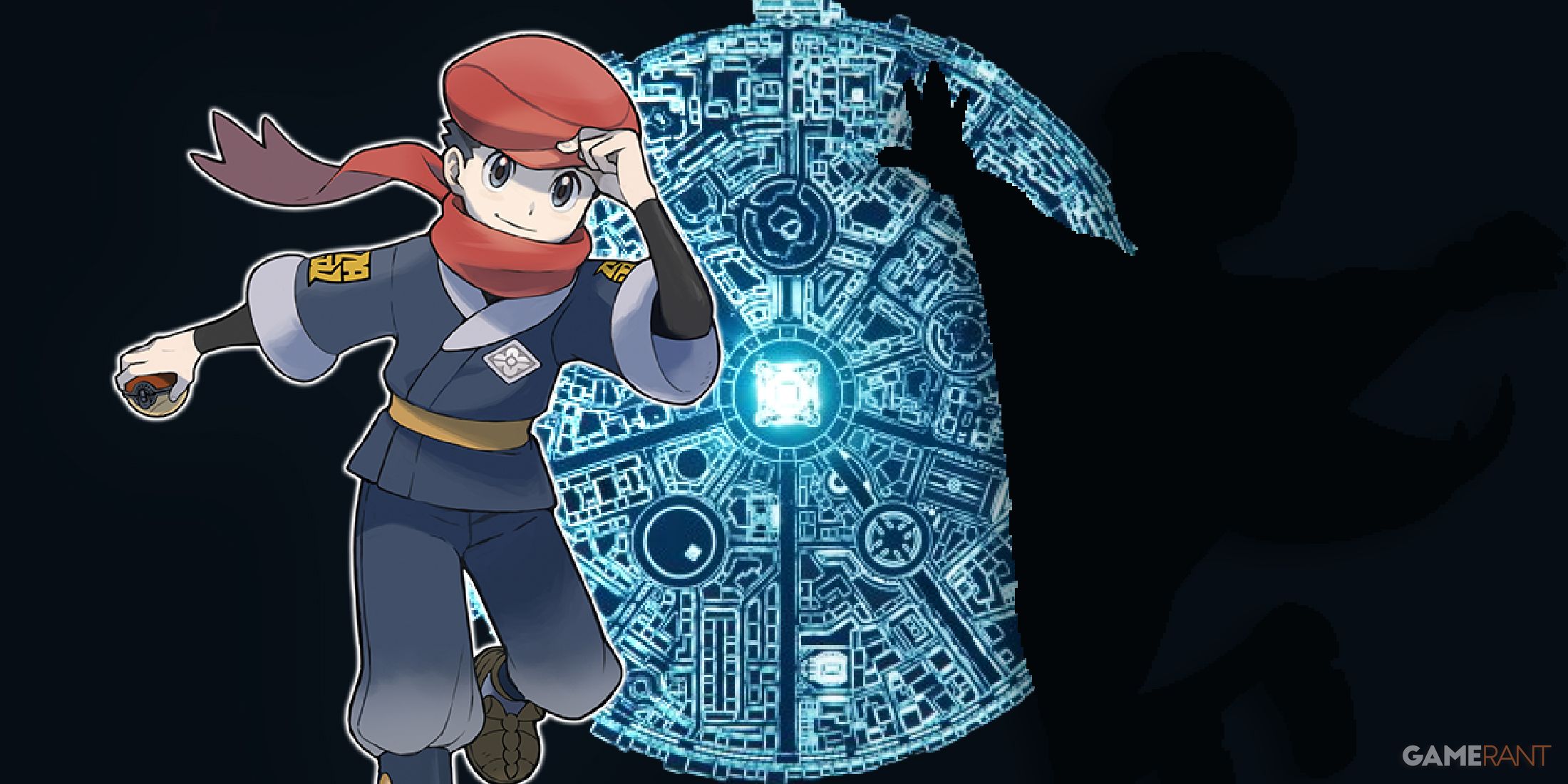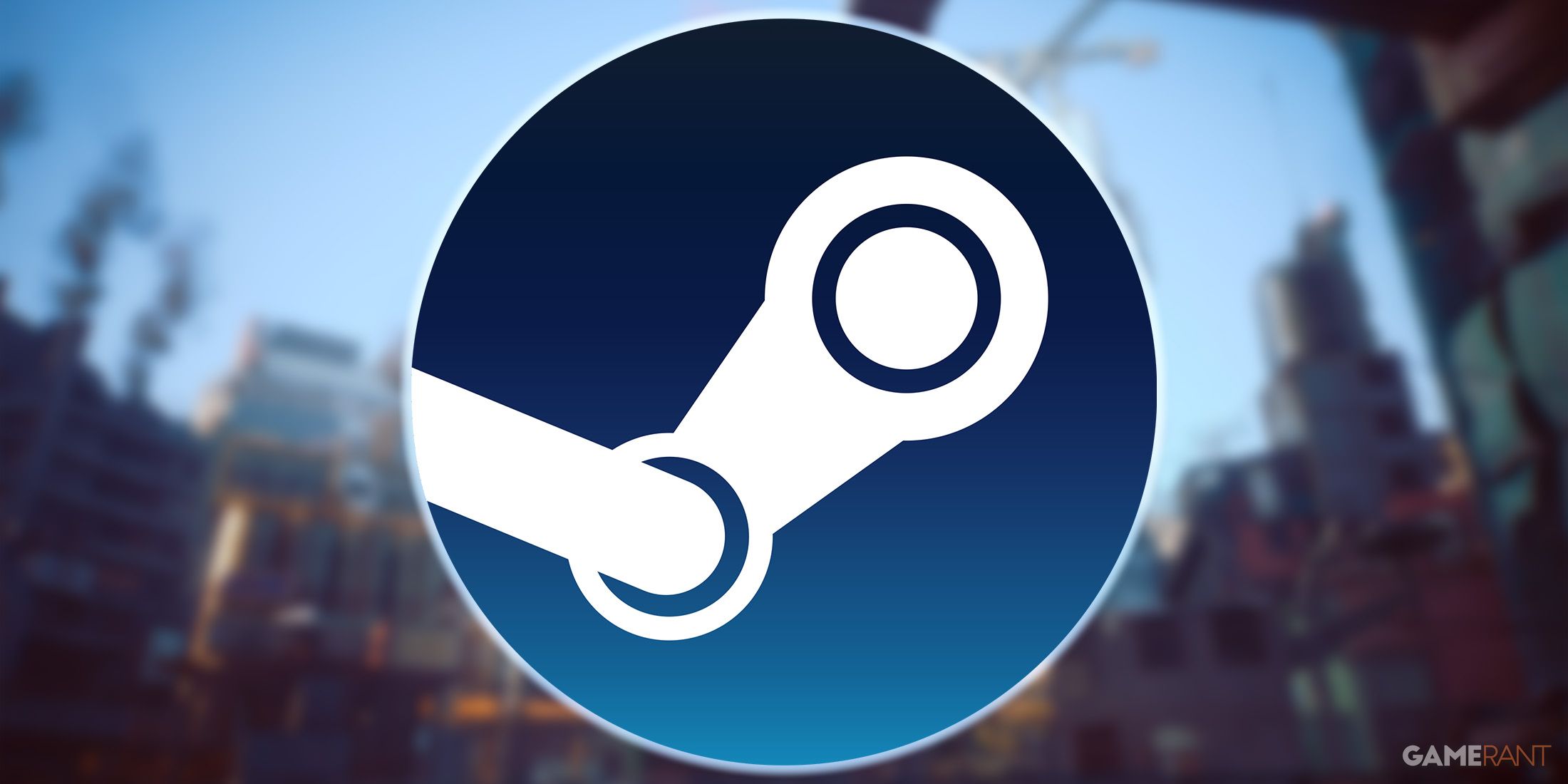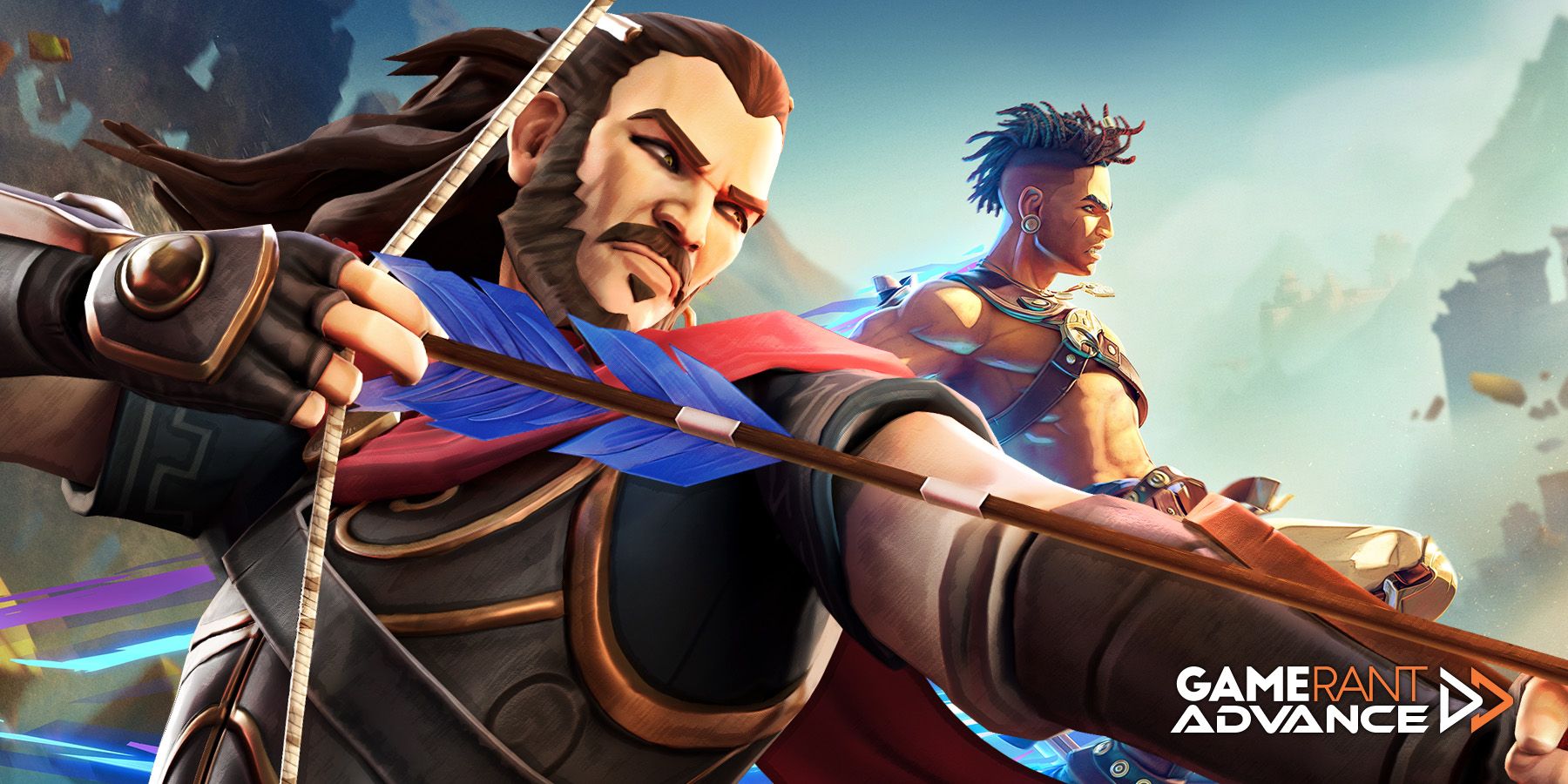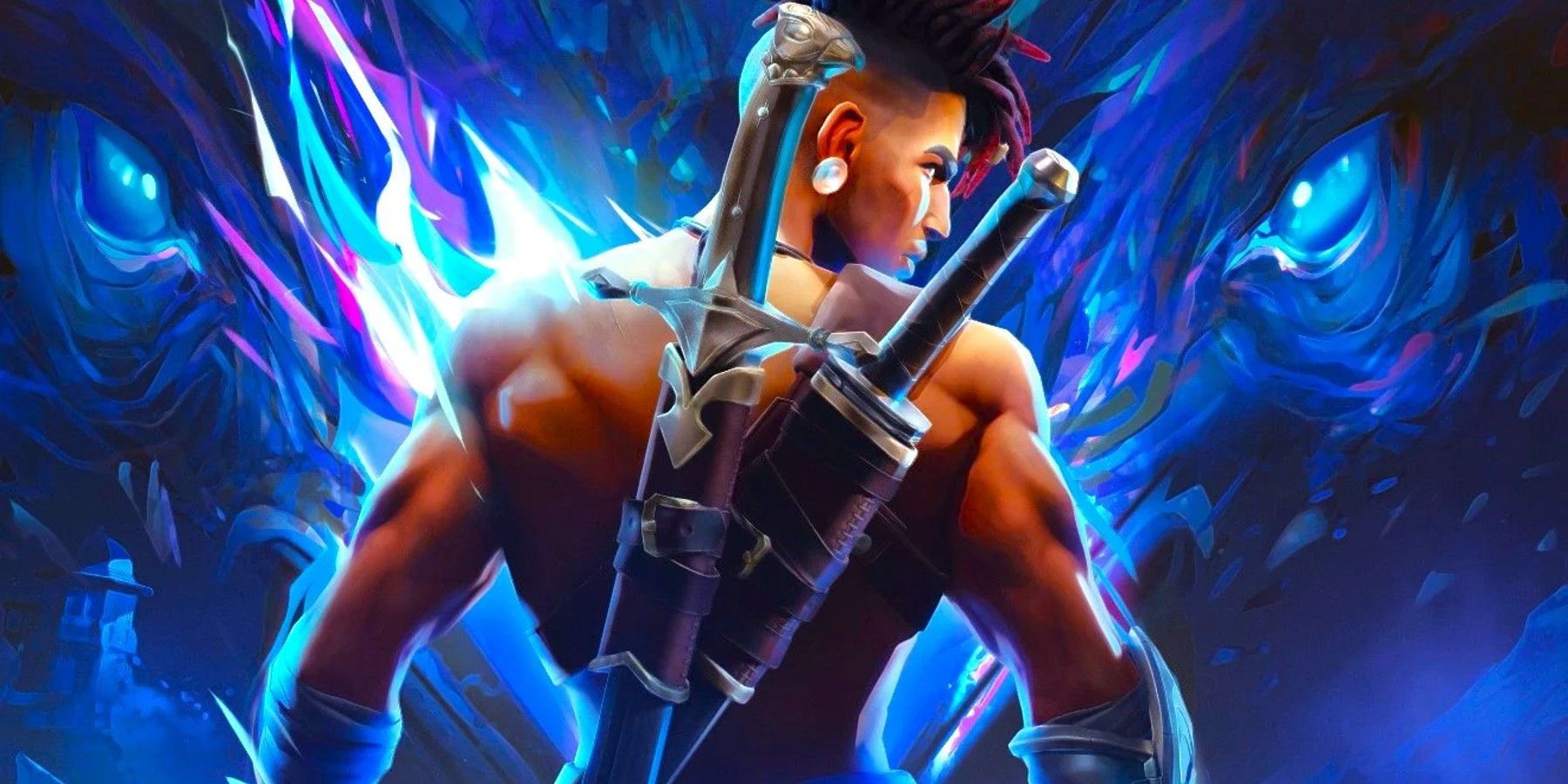After over a decade of absence from gamers’ hands, the storied Prince of Persia franchise is finally getting a new installment. Prince of Persia: The Lost Crown brings in anime influences to enhance a return to the franchise’s 2.5D roots for a new adventure in fantastical Persia, alongside brand new Metroidvania gameplay.
A part of this distinctive style was combat designed to evoke nekketsu, the “boiling blood” subgenre of the Japanese shonen narrative style where failure inspires the rise of courage, hope, and justice in the protagonist. Failure, in nekketsu, brings determination. This, according to art director Jean-Christophe Alessandri, is a major theme of Sargon’s story. Alessandri sat down with Game ZXC for an interview about The Lost Crown’s art style, going far beyond the anime-inspired combat to explore other factors that have lent themselves for the new look of the classic franchise. The following interview has been edited for clarity and brevity.
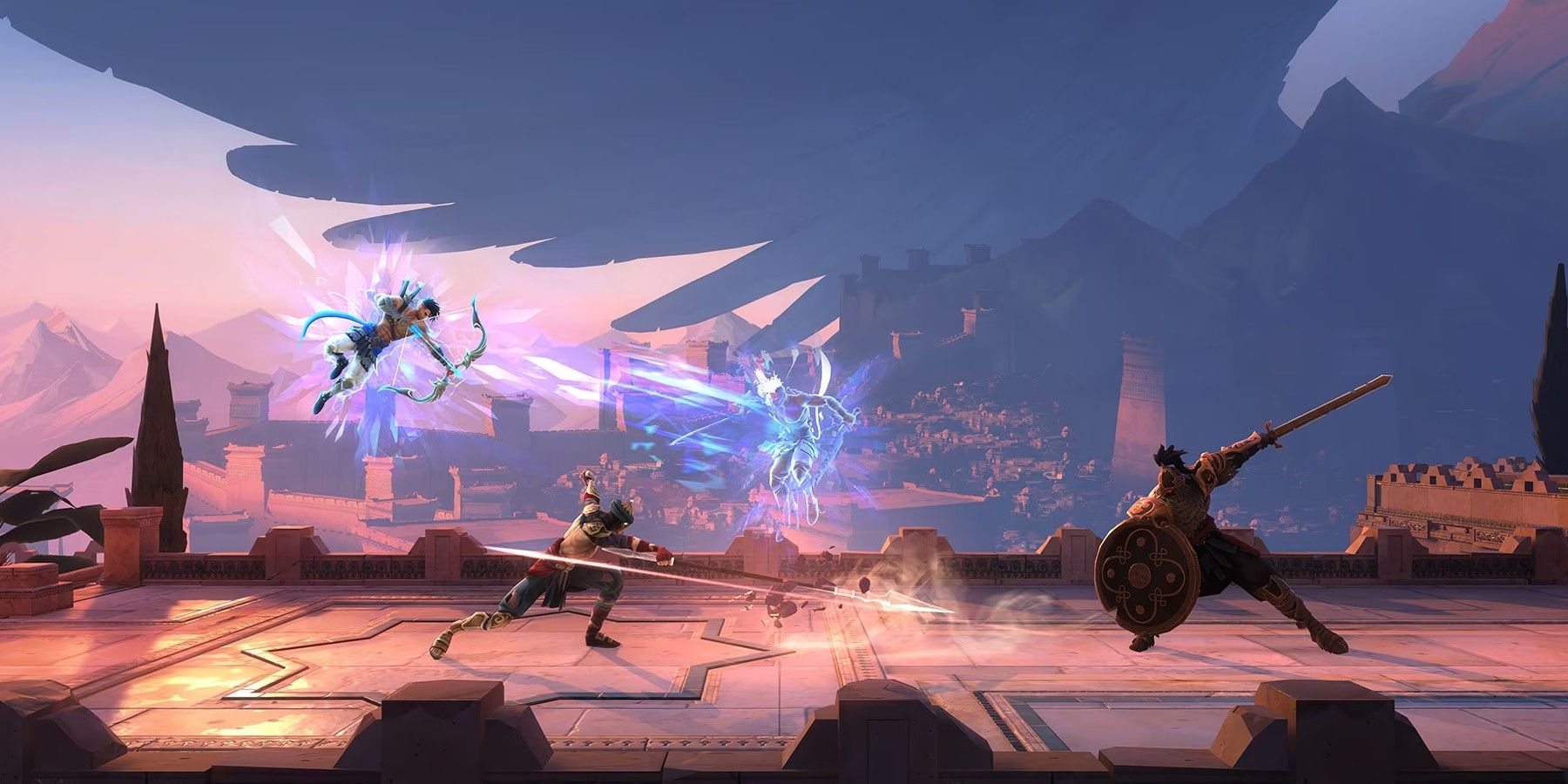
New Prince of Persia Game Has Gone Gold
Ubisoft's upcoming 2D metroidvania action platformer, Prince of Persia: The Lost Crown, has revealed that it's ready to go for its launch next month.
Q: What were some of the inspirations, both real-world and within the medium of video games, that contributed to the environmental design of Prince of Persia: The Lost Crown?
A: To name just a few, the imperial city of Persepolis where the Immortals' adventure begins, as well as the ancient Hyrcanian forests, the Caspian Sea, etc. We also wanted to depict legendary places like Mount Qaf, or very specific ones like the dakhmâ, the Towers of Silence, which are sites of funerary rituals. We aimed to offer game and exploration areas as rich and diverse as possible, without seeking absolute authenticity but always respecting the identity of these environments and developing their fantastical and grandiose aspects.
Q: Combat-wise, Prince of Persia: The Lost Crown has a huge anime feel to it. Were there any specific anime the team drew from when creating these combat encounters?
A: Indeed, Prince of Persia: The Lost Crown draws heavily on anime and comics to transcribe action scenes on screen, but also for the development of Sargon’s story, which has a very nekketsu-shonen vibe.
Among these references, there are Dragon Ball Z, One-Piece, My Hero Academiam, or even Sword of the Stranger and Ninja Scroll which are jewels of Japanese animation!
As for the story that depicts a fairly mature trajectory, we have rather drawn on the seinen genre with references such as Berserk, Vinland Saga or Vagabond.
This is really a love letter for these references and we invite you to find all the hidden winks in the game!
Q: Prince of Persia is returning to its sidescroller roots with this title. What do you feel are the advantages of the 2.5D perspective in a Prince of Persia game?
A: Beyond the "back to the roots" aspect, 2.5D has several advantages.
From an artistic standpoint, we have better control over the camera, the viewpoint, and therefore what we want to show the player... or not. For example, it allowed us to precisely work on image composition, to be as close as possible to the beautiful concept art that the artists had created, and to maintain that illustrative style. It also enabled us to work on animations from a controlled perspective, highlighting the actions of Sargon and other characters, especially during combat.
In the end, it's also an ideal representation mode for the Metroidvania, where it can be very easy to get lost, and the player needs to have a very clear and readable perception of the environment they are exploring, gameplay elements, etc.
Q: The Lost Crown has a distinct stylized art style rather than the more photorealistic tone of past games. What led the team to go with this style?
A: Firstly, there was the desire to modernize Prince of Persia, to offer a new visual and creative identity. It seemed logical to move away from realism because we were presenting a fantasy world, one of tales and legends, a fantasized vision of ancient Persia.
From the beginning of the design process, there was a dual influence. That of the art of ancient Persia is itself very stylized and, although it dates back hundreds of years, appears extremely modern to us.
And that of our love for contemporary pop culture, anime, superhero comics, and street art... Ultimately, we endeavored to mix and match between these influences, to create cohesive bridges between these initially disparate visual worlds.
Q: Mount Qaf is described as a citadel and cursed land where the past co-exists with the future, with environments often appearing broken or frozen in time. What kinds of challenges or opportunities for exploration might this kind of environmental design provide players when it comes to platforming?
A: Indeed, this “Fantasy, mythological” dimension has allowed us to offer scenes with a more surprising, more mysterious organization of space. The player will gradually discover how cursed this place is through what we call "time glitches," events where time and space are disrupted. In concrete terms, this allows us to play with "disturbed" natural phenomena, or in certain scenes, to transition from a "frozen to unfrozen" state instantly, leading to a radical change in topology and offering a new configuration to the player within the same playground. It's also a very interesting theme from a narrative perspective, and environments can tell a lot if observed closely.
[END]

